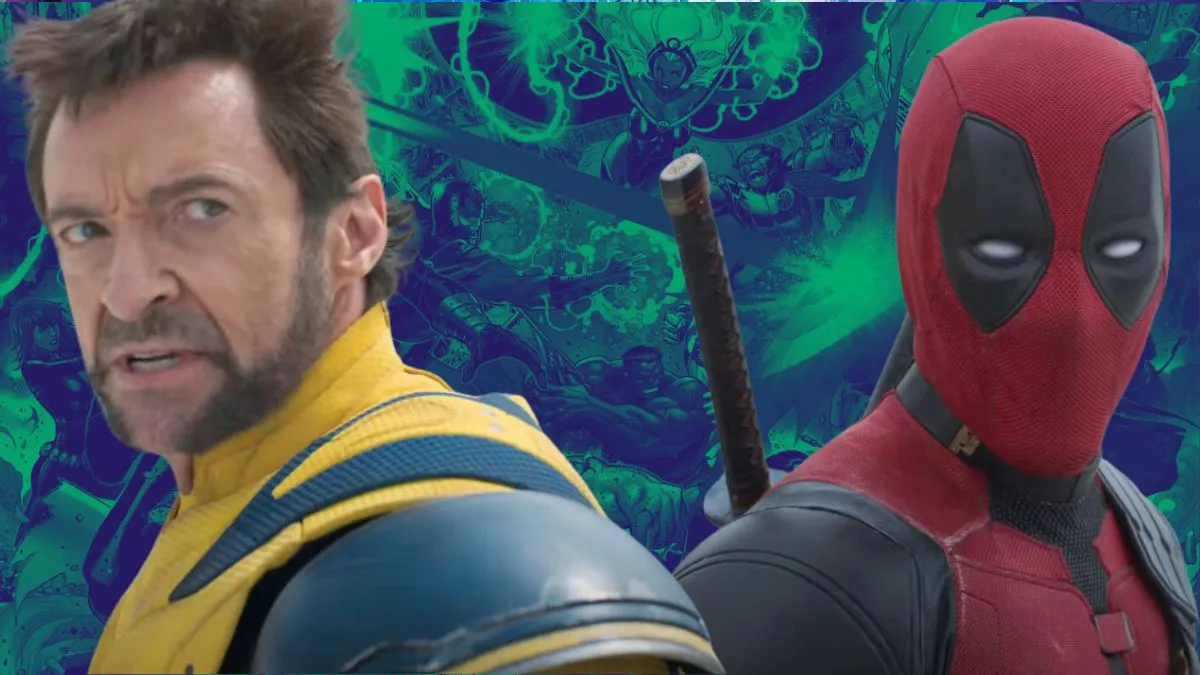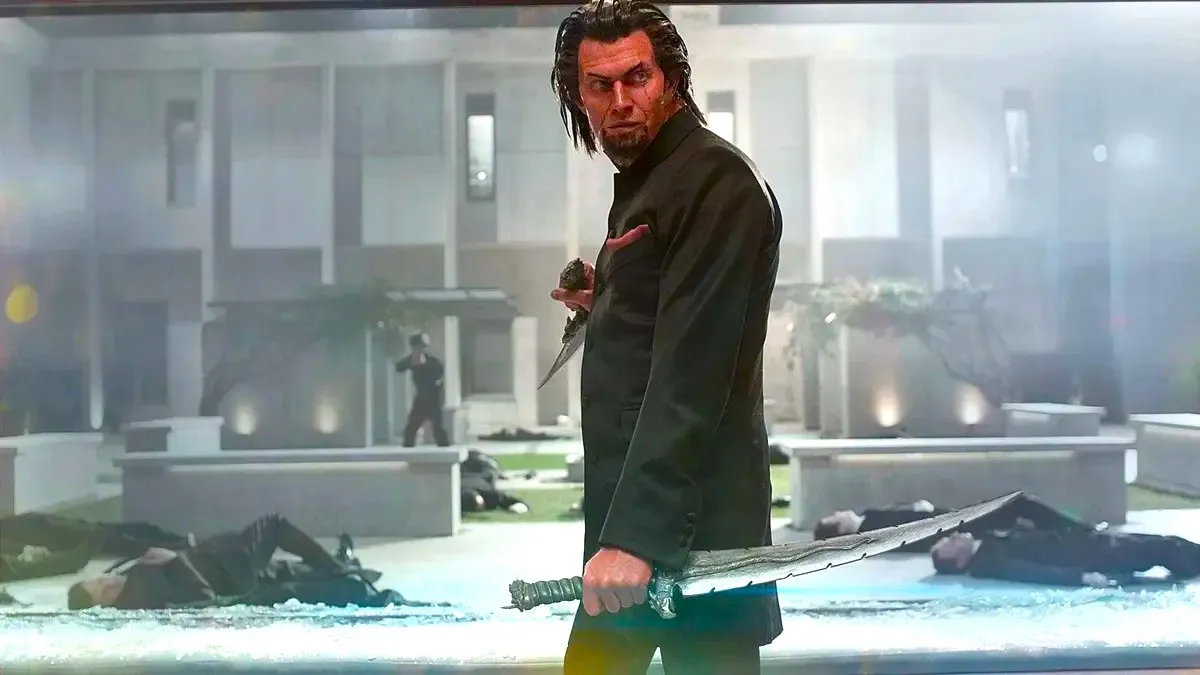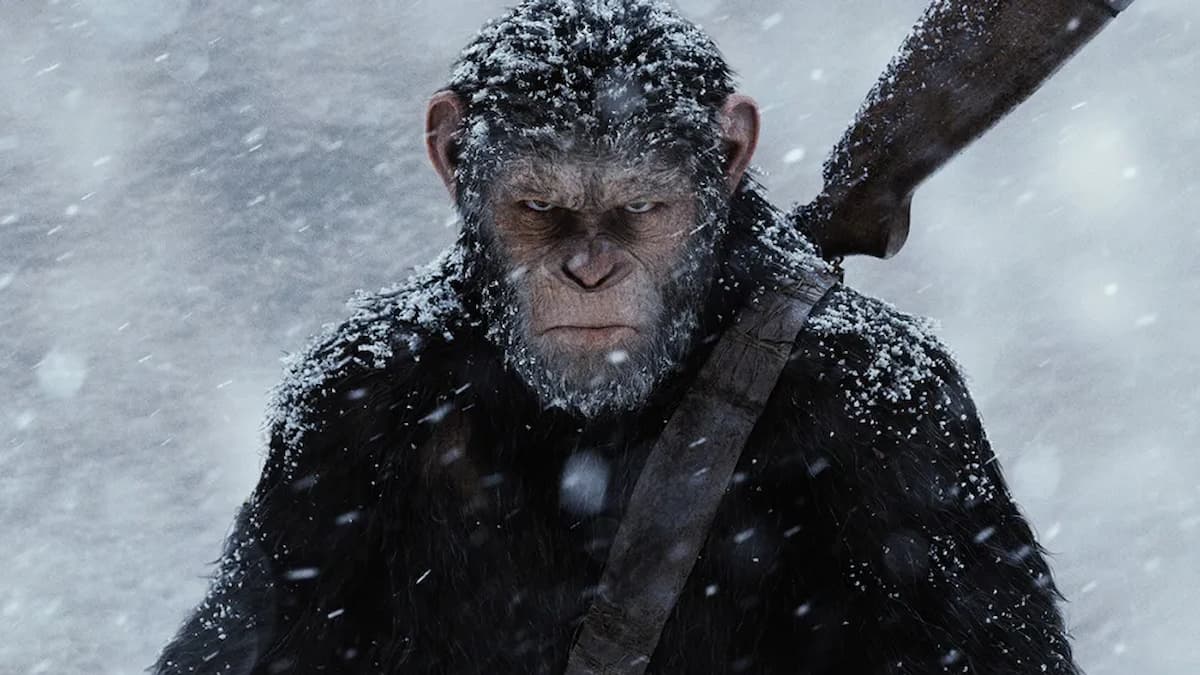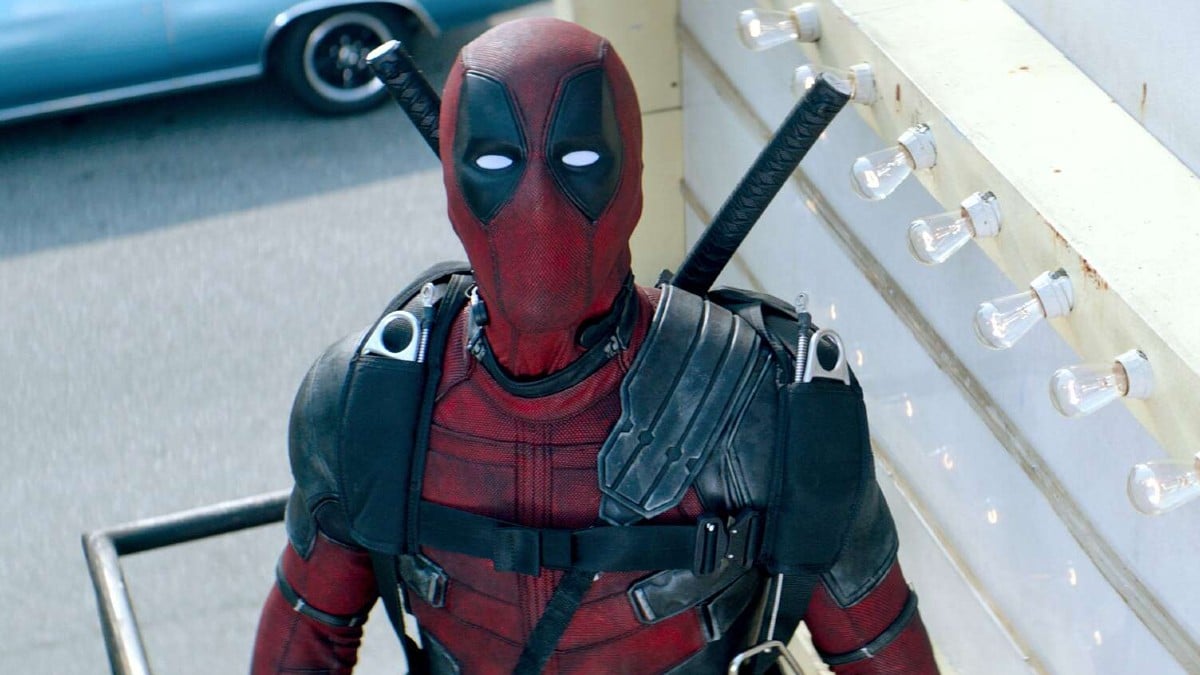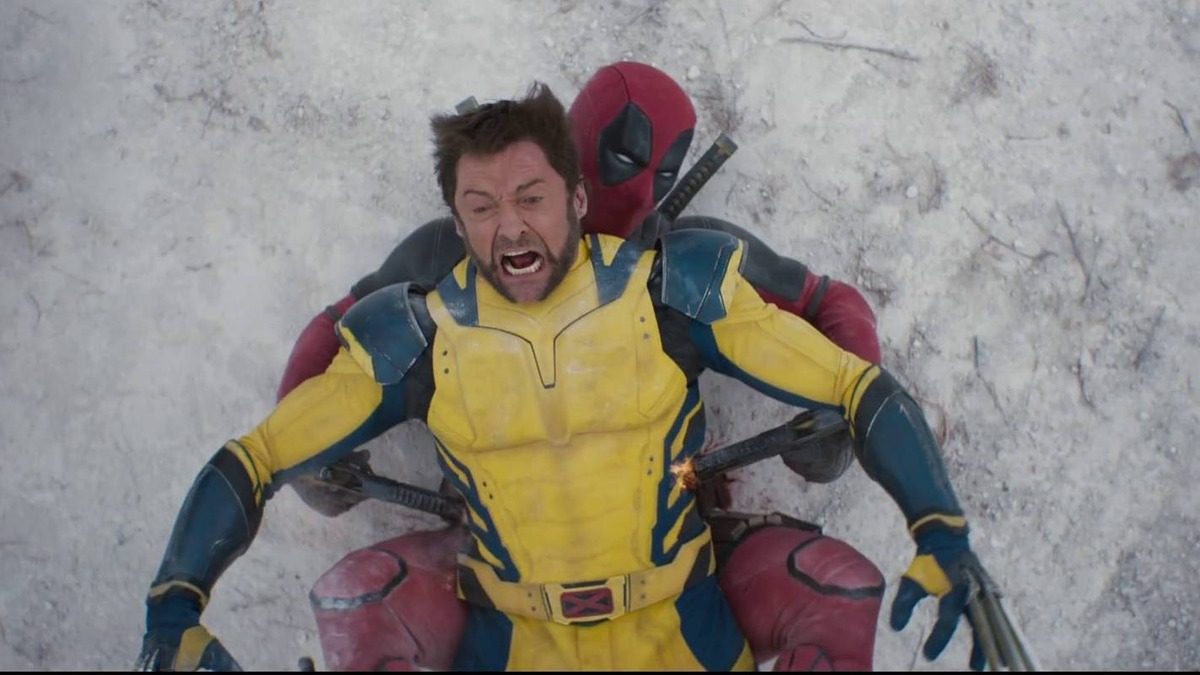It’s not often when an up-and-coming child actor can carry an emotional film through a character he can barely relate to. But 14-year-old British actor Asa Butterfield, most known for his role as Bruno in The Boy in the Striped Pajamas, does just that in the new family adventure movie Hugo, which is now playing in 3D and select 2D theaters. Butterfield memorably plays the title character in the Paramount movie, which is based on Brain Selznick’s award-winning, New York Times best-selling book The Invention of Hugo Cabret.
Hugo, which is set in 1930’s Paris, follows the title character as he strives to stay connected to his father (Jude Law), who died in a fire. Hugo is taken in by his Uncle Claude (Ray Winstone), who’s in charge of winding the clocks at a train station. After Claude disappears, Hugo continues his job, while trying to stay out of trouble with the Station Inspector (Sacha Baron Cohen), who’s mission is to send all of the mischievous children to the orphanage.
In an effort to stay close to his father, Hugo tries to finish working on his automaton. His father’s mechanical drawings are included in his notebook, which is taken by Georges Melies (Sir Ben Kingsley), as Hugo stole tools from his toy shop. Georges’ goddaughter Isabelle (Chloe Moretz) offers to help Hugo get his notebook back, as she’s looking for adventure and a friend, as well.
Butterfield, Moretz, Kingsley, Cohen and Selznick were joined by c0-star Emily Mortimer and Hugo‘s producers, John Logan and Graham King, at New York City’s Central Park Ritz Carlton to talk about making the film. The actors discussed how they got into character, and everyone spoke about what it was like working with the movie’s director, Academy Award-winner Martin Scorsese.
Check it out below.
Question: Sacha, we’re more used to seeing your very irreverent and subversive side. So what was this different direction like for you as an authority figure and as a sexually inhibited guy this time around?
Sacha Baron Cohen: Who said I was sexually inhibited in this? I have a bath with the dog. What happened beneath the bubbles is our business.
Well, there is actually, there is a bit of romance between myself and Emily’s character, which is actually the first romantic plot I’ve had that’s not been with a black prostitute or a man. We didn’t actually have a kissing scene, but there was a bit of romance in there. So that was a little bit different.
As for the rest, playing an authority figure, well, he’s a bumbling authority figure. And he’s dark, but he does have some beauty and softness underneath him. So a bit like my other characters.
Q: Asa and Chloe, could you describe your characters and what you felt was the biggest challenge making this movie?
Asa Butterfield: Hugo’s an orphan, and because he’s had to grow up far faster than anyone else his age should have, I found it quite hard to relate to him because of all the hardships he’s gone through in his life. So I just had to come up with false past for him that was similar to mine and relate to him in that way. The biggest challenge filming it was probably dealing with the crying scenes-they’re draining mentally and physically.
Chloe Moretz: Well, I play Isabelle and she’s actually a lot like Hugo because she doesn’t have a mom or a dad, but she has her godfather. I’d probably say the hardest part about it was I was trying to conquer the accent.
Q: Martin gave you guys a great story and he established a bit of the back story, but did you guys think more in detail about the back story? Did you guys talk about it or envision a sequel?
SBC: Certainly when I approached the character of the station inspector, I wanted to know why he was so obsessed with chasing children. Was he actually a class villain or was there reason for his malice? I sat down with John and Martin and we started talking about perhaps he was a World War I veteran, and maybe he was injured. So we came up with the idea of the leg brace.
Originally, it was a false leg, which the audience wouldn’t have realized until it was going to be the first chase. Then I was going to turn a corner and then my leg was going to fly off and go into camera in 3D. And that was going to be the first big 3D moment.
Unfortunately, practically I was made aware that I would have had to kind of strap up my leg for four months in order to do that. So we kind of abandoned that, and I started wearing a leg brace instead. We were trying to examine the kind of roots of evil. You know, this station inspector who is doing incredibly unpleasant things. Why was he doing that?
We kind of realized that maybe he himself was an orphan, and was put away in a work house and that’s the kind of any structure that he knew. And that’s what he is kind of trying to impose on these young children. So as for the future, is there a sequel? I’m sure there is.
CM: I didn’t exactly know we had a romance in the movie. I think it was more of your best friend type thing.
Q: Can you discuss that relationship at all?
CM: Yeah, it was special. The relationship was interesting because they both needed each other for some reason. They both didn’t have as parents, and they both wanted to be loved. I think Hugo needed someone to talk to, and someone to have close to him. I needed someone to have an adventure with.
Q: Sir Ben and Sacha, can you confirm or deny reports that you stayed in character even when the cameras weren’t rolling?
SBK: I tended to stay in character because so many of many of my major scenes were with Asa. In order to feed that relationship, because action and cut can be shockingly short, in that space you have to establish a deep rapport with your fellow actors. Also, my shape was so defined as older George. So it was very difficult for me to snap back into Ben.
So I thought I should exploit that, and allow Asa and Chloe as younger actors to discover George, even when the cameras weren’t rolling. Marty encouraged me to be really ruthless with you, because I have to push Asa away. I have to reject him really vigorously. The more vigorous I am against Asa’s entering my life, the more heroic his entrance is. So, it really helps a lot to in a sense stay in character.
It doesn’t always work. I don’t always do that, but particularly when I’m working with much, much younger actors, I think it really feeds the process. I was pretty grumpy most of the time.
SBC: For me, I mean I saw Sir Ben do it, and he’s won an Oscar. So I thought I’ve got to stay in character.
Q: Did making this film, writing this, give you a different appreciation of filmmaking?
John Logan: Yeah, absolutely it did, and both my movies with Marty, The Aviator and Hugo, dealt with movie making as part of the texture of the piece. Brian Selznick’s amazing novel, he talks about movies as dreams.
I know when I was a kid growing up, that’s what they were for me because I was asthmatic. I couldn’t go out and play. I had to be in a dark room, and watching movies on TV allowed me to liberate every thought I’d ever had. When I read Brian’s book for the first time, that’s really what struck me more than anything, was it was touching the 8-year-old me.
Brian Selznick: I’m distantly related to David O’Selznick, who produced Gone With the Wind and King Kong. So I grew up seeing my last name at the beginning and end of all those movies, which is always very exciting. So I’ve always loved movies, but it wasn’t until I started working on Hugo that I discovered Rene Clair, and actually Under the Roofs of Paris was one of the most important movies I watched when making the book years earlier.
I had this amazing education in theater in French film history, and it was really incredible. One of my favorite parts of making the book was discovering this entire part of cinema. So when I got the call that Marty wanted to make this movie, the initial shock actually still hasn’t entirely passed.
Q: What is it like to have this broad relationship with Scorsese?
AB: Working with Marty was a completely new experience for me. Not only was it an amazing experience, it was an amazing education as well. He gave me lots of homework, as he called it, in old films both by George and other old filmmakers, some that inspired him to become a director.
The things Marty does on set are just so different from other directors. For example, rather than saying do this and do that, he lets the actors come up with their own ideas to bring to the theme. Since me and Chloe are kids, we could come up with like a truthful representation of how a child would react in certain situations, rather than an adult’s thinking of how a child would act.
CM: The same thing basically. Not only did I grow as an actor on this film with Scorsese, I grew in my knowledge of film history, and I’ve always been a history buff. Of course, I walked on the set knowing a little bit about it, thinking I can have a conversation with him. Then you get into the conversation, and I’m like, “Okay, I’m not prepared for this.” I really wouldn’t give anything in the world to take it back.
SBC: I think that’s the key about Scorsese that he’s totally collaborative, which I was surprised about. Part of his power and part of the reason why his films are that successful and that enduring is the fact that he’s ready to collaborate fully with all his actors. So any idea that I came up with he was ready to listen to, and surprisingly–because I came up with some really absurd ideas–he was ready to try them out. You know, to having a bath with a dog.
I was looking at some old Chaplain that Scorese had given me. I thought maybe there is a scene of something to do with the train. Maybe his leg got caught in the train. He said, “All right, let’s try it.” I said, “Are you sure. It’s going to involved hundreds of extras and a moving train.” He said, “Yeah, let’s do it.” So he was just totally ready at each point to try out any idea however ludicrous the suggestion was, which was wearing for producer and the finances of the movie. But for me, it was great.
Q: Asa, what character traits of Hugo are kids going to relate to?
AB: Sort of the adventurous side. It all depends on the child’s age. Younger kids will get their adventurous side of him. The kids my age will get the deepest side, the more emotional side of him and the more troubled side.
Q: Sir Ben, how did you get into character?
SBK: I had the opportunity to watch so many of George’s films, and watch him star in the films with his lively wife. I saw how acrobatic and agile and fit he was when he was making his films. And in a sense I worked in reverse. What I focused on was how glorious his life was, and then I had an appreciation of the loss of that glory.
So my preparation was in his body, how his body had to let go of being basically an athlete and a dancer. And I also mentioned to Marty the possibility of him because he did his own stunts, how many tiny injuries he sustained during his work as a star. And once you stop performing all the tiny injuries kick in. You don’t notice them when you’re performing, but afterwards you do. So it was a bit of a wounded body as well.
Q: How many of these sets were actually built to scale, and what are you most memorable moments interacting with them?
BS: When I visited the set for the first time, I was taken to the entrance of the graveyard, walked through where posters were peeling off of the wall and wines were dying up it. I walked through the entire graveyard, which is where all these beautiful hand sculpted graves were made by hand for this film. You walk through the entire graveyard. You come to the exit of the graveyard.
You come to a full sized cobblestone street with buildings; an entire block of buildings was there, a full stocked wine shop on one end, where you probably could have gotten drunk. Then on the other end was a building that had been bombed in World War I that was being held up by some timber. You walked inside the building, down actual Parisian apartment building hallway, up a staircase, which I was told was designed after the staircase in the 400 Blows. And then up into a full scale Malaise apartment.
AB: A lot of the clocks were actually in the train station. So they sort of took them down, and you had to go inside then. You could walk around the hanging clock tower, which me and Chloe spent quite a lot of scenes in. There was this big spinning thing which a lot of the time I would stand up and it would smack me on the side of the head. The working clocks were incredible because they were real. You could actually wind them and they had weights on.
Q: It’s laudable to present something that’s complex and as intricate as this story is for a family audience, when you break through the the two-hour barrier.
SBC: With Scorsese, it seems to me that he makes films for himself. He is a true artist and he makes the movie that he wants to see. He’s one of the last remaining artists out there. I think we should respect that. The movie is not focus grouped, and it’s not tailored for a 7-year-old in Iowa or Berlin or anywhere to appreciate it. So I think that is a beautiful thing and it’s an incredible achievement for a filmmaker still to be able to do that.
BS: The book I wrote is 530 pages, and a lot of people had this same comment about the book, “Will kids be able to sit through the book?” But I think that the story that Marty has captured on the screen will carry kids through. Of course, there’s going to be individual kids who are fidgety.
But I think that the story will carry them along. I’ve talked to a lot of kids now who have seen the movie as well. The ones I have talked to have been really, really thrilled and excited about what it is.
That concludes our interview, but we’d like to thank Asa Butterfield, Chloe Moretz, Sir Ben Kingsley, Sacha Baron Cohen, Emily Mortimer, Brian Selznick, John Logan and Graham King for talking with us. Be sure to check out Hugo, which is now in theaters.







